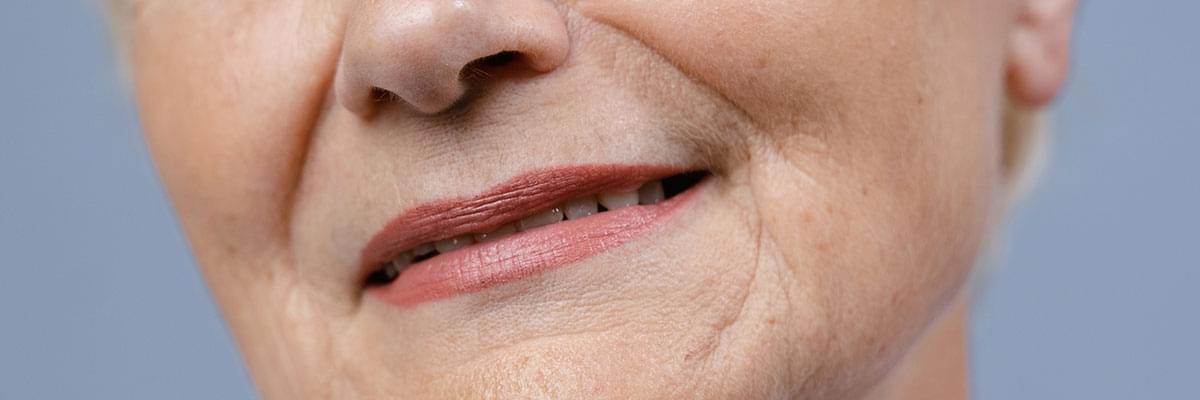
What can we do for you?
As we age, we often focus on external factors like sun exposure or skincare products when thinking about the causes of wrinkles, dryness, or sagging skin. However, one of the most powerful and often overlooked influencers of skin health is hormonal balance. Hormones regulate countless functions in our bodies, and their fluctuations have a profound effect on how our skin looks and feels over time.One of the most significant hormonal changes occurs during menopause, when estrogen levels drop sharply. Estrogen plays a key role in maintaining skin thickness, moisture retention, and elasticity. With less estrogen, the skin can become thinner, drier, and more prone to wrinkles. In fact, studies have shown that women can lose up to 30% of collagen in the first five years after menopause. This decrease in collagen leads to a loss of firmness and volume in the skin, often noticed around the cheeks, jawline, and neck.
But estrogen isn’t the only hormone involved. Testosterone, progesterone, and cortisol also play roles in skin aging. For instance, an increase in cortisol, the stress hormone, can lead to inflammation and breakdown of collagen. Similarly, a drop in progesterone can lead to dry skin and increased sensitivity. These shifts affect both men and women, although women often experience more dramatic changes during menopause and perimenopause.
Understanding the link between hormones and skin aging opens the door to more targeted approaches for prevention and treatment. For some, hormone replacement therapy (HRT) may be an option to help maintain hormonal balance and mitigate skin aging. However, HRT isn't for everyone and should always be discussed with a healthcare provider. The NHS provides a balanced overview of HRT benefits and risks.
In addition to medical options, lifestyle choices also have a huge impact on hormonal balance. Diets rich in phytoestrogens (plant-based estrogens found in foods like flaxseeds, soy, and legumes), regular exercise, adequate sleep, and stress management can all support hormonal health. Topical treatments with ingredients like hyaluronic acid, retinol, and peptides can also help reduce visible signs of aging, but without addressing the internal hormonal shifts, results may be limited.
For those looking to go deeper into the connection between hormones and skin, this site offers a comprehensive guide to the topic, including dermatological implications of hormonal imbalances and treatment pathways.
In conclusion, hormonal balance is a cornerstone of skin health, especially as we age. While we can't stop time, we can take proactive steps to support our body's natural rhythms. Whether through lifestyle adjustments, clinical treatments, or simply being more aware of what your skin needs at each life stage, understanding the role of hormones can empower you to care for your skin in a more holistic and effective way.
Back to Articles






















